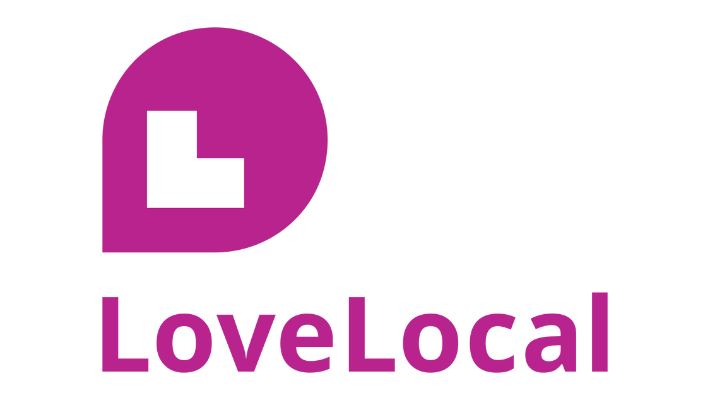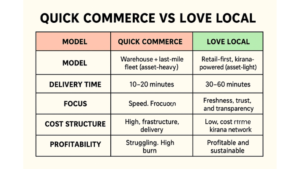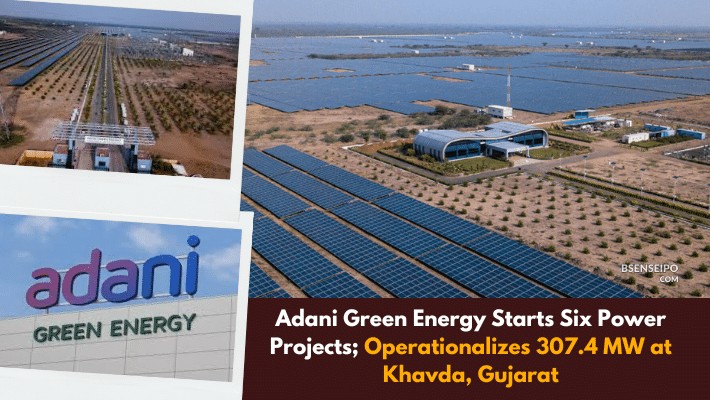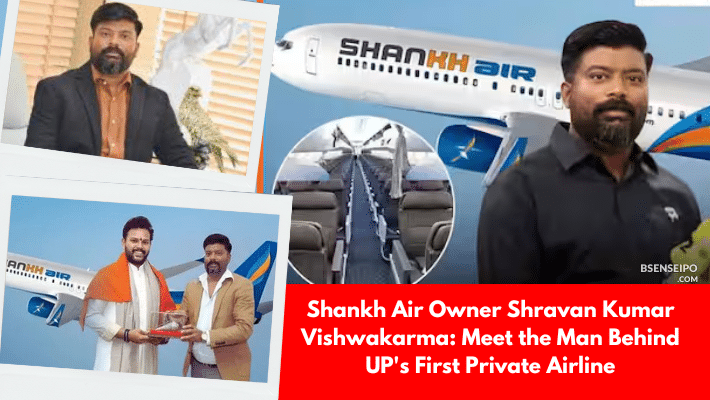LoveLocal vs Quick Commerce: How an Asset-Light Kirana Model is Redefining E-Grocery in India
LoveLocal is retail-first platform empowers kirana stores with freshness, trust, and transparency, setting it apart from speed-focused but loss-making quick commerce rivals.
LoveLocal in India’s E-Grocery Market
India’s e-grocery space is evolving rapidly, driven by consumer demand for convenience, speed, and trust. While quick commerce players like Zepto, Blinkit, and Swiggy Instamart focus on speed of delivery, LoveLocal has taken a differentiated path. Built on a retail-first, asset-light model, Love Local empowers kirana stores instead of competing against them, creating a sustainable and profitable model.
Akanksha Hazari is the Founder & CEO of LoveLocal (formerly m.Paani), a hyperlocal e-commerce platform empowering kirana stores in India. A Princeton graduate, she has extensive experience in building tech-driven businesses for underserved markets. Before launching Love Local, she worked on m.Paani, a digital rewards and community engagement platform, which laid the foundation for her kirana-first retail vision.
Business Journey of LoveLocal
- Founded with a mission to digitize local kirana stores, LoveLocal connects neighborhood grocers directly with customers.
- Currently, it has digitized 600+ kirana stores across India.
- Its USP lies in combining local trust and product freshness with digital convenience.
- By empowering small retailers, LoveLocal reduces supply chain complexity and avoids heavy warehouse costs.
Mantra of LoveLocal: Freshness, Trust, and Transparency
- Freshness – Sourcing directly from local kiranas ensures product freshness.
- Trust – Customers buy from their familiar neighborhood store.
- Transparency – Digital tracking provides pricing clarity and service reliability.
This community-driven approach builds loyalty while reducing customer acquisition costs.
The LoveLocal Business Model: Asset-Light Advantage
1. Asset-Light vs Asset-Heavy
- LoveLocal avoids building expensive warehouses and logistics fleets.
- Instead, it uses existing kirana infrastructure for storage and delivery.
- This makes the business cost-efficient and profitable compared to quick commerce.
2. Revenue Streams
- Commission on transactions.
- Subscription services for stores.
- Data-driven insights for suppliers/brands.
3. Profitability & Scalability
- Low operating costs improve margins.
- Each new kirana digitized expands hyperlocal reach without heavy investment.
Comparison: Quick Commerce vs LoveLocal
| Feature | Quick Commerce (Zepto, Blinkit, Instamart) | Love Local |
|---|---|---|
| Model | Warehouse + last-mile fleet (asset-heavy) | Retail-first, kirana-powered (asset-light) |
| Delivery Time | 10–20 minutes | 30–60 minutes |
| Focus | Speed | Freshness, trust, transparency |
| Cost Structure | High (infrastructure + delivery) | Low (leverages kirana network) |
| Profitability | Struggling, high burn | Profitable, sustainable |
| Scale | Rapid but expensive | Gradual, scalable |
| Customer Trust | Brand-driven | Community + kirana trust |
Financial Position
| Metric (FY 2024-25 est.) | LoveLocal | Quick Commerce Average |
|---|---|---|
| Revenue Growth | 35–40% YoY | 50–70% YoY (but high burn) |
| Gross Margin | 20–25% | 10–15% |
| Operating Profitability | Positive in key markets | Negative (loss-making) |
| Customer Retention | 60–65% | 40–50% |
| Cash Burn | Minimal | Very High |
(Figures are based on industry trends, reports, and indicative estimates.)
(Figures are based on industry trends, reports, and indicative estimates.)
Comparing Chart: Quick Commerce vs Love Local
Goal: 1 Million DailyOrders
LoveLocal has set an ambitious target to reach 1 million daily orders. To achieve this:
- Expand beyond Tier-1 cities into Tier-2 & Tier-3 markets.
- Onboard more kirana partners (from 600+ today to 10,000+ in the near future).
- Invest in AI-driven logistics optimization for efficiency.
- Build stronger partnerships with FMCG companies for exclusive deals.
Challenges Ahead
- Competing with deep-pocketed quick commerce players.
- Scaling trust-driven hyperlocal operations at national level.
- Managing kirana digitization speed vs. tech adoption barriers.
Conclusion: LoveLocal’s Sustainable Future
In a market obsessed with speed, LoveLocal is betting on sustainability, trust, and profitability. By digitizing kirana stores and keeping its business asset-light, it stands apart from high-burn quick commerce players. With its target of 1 million daily orders, LoveLocal could become India’s most sustainable hyperlocal e-grocery success story.





